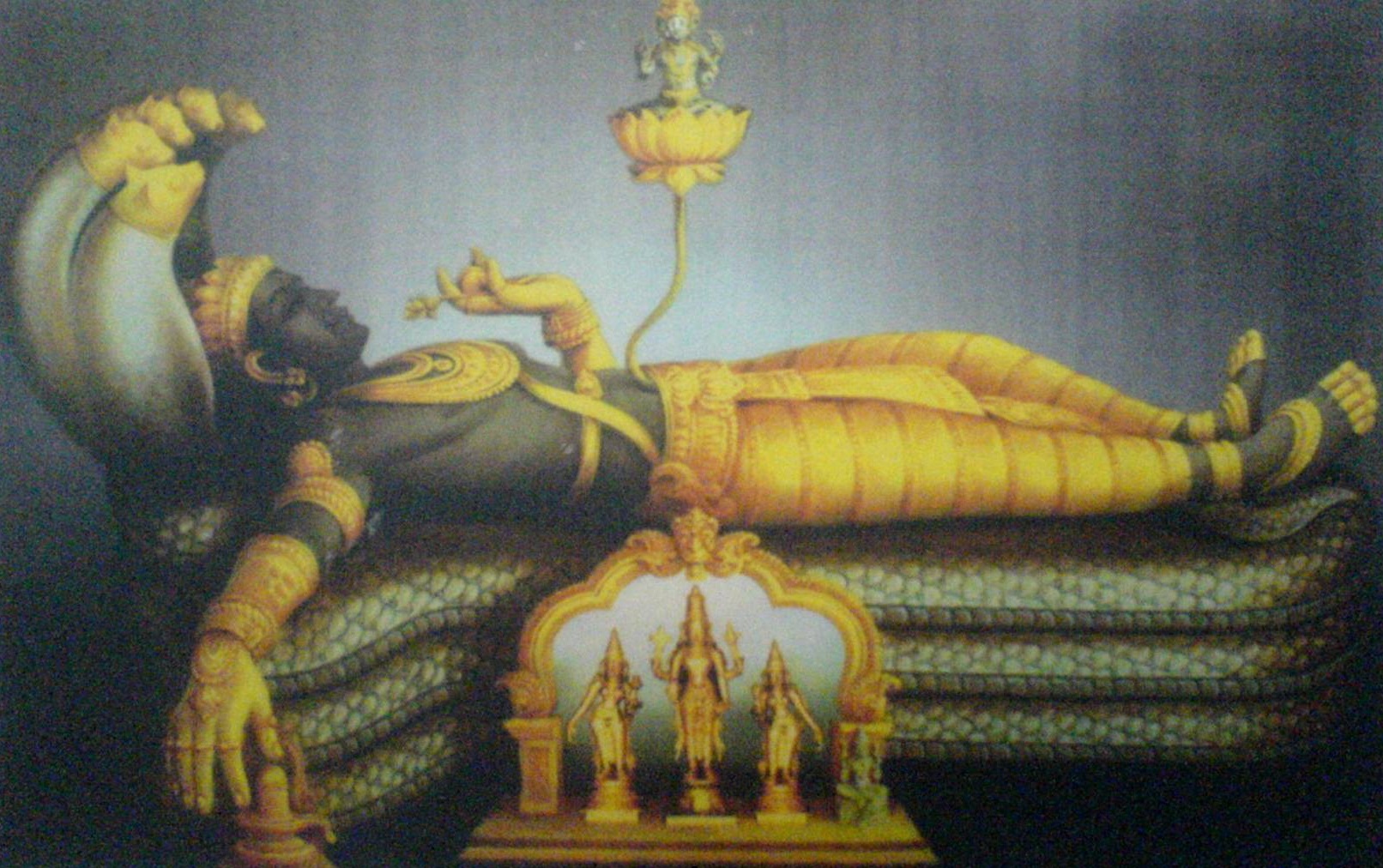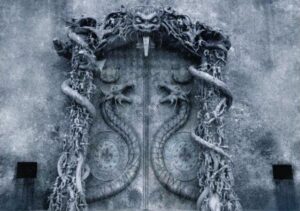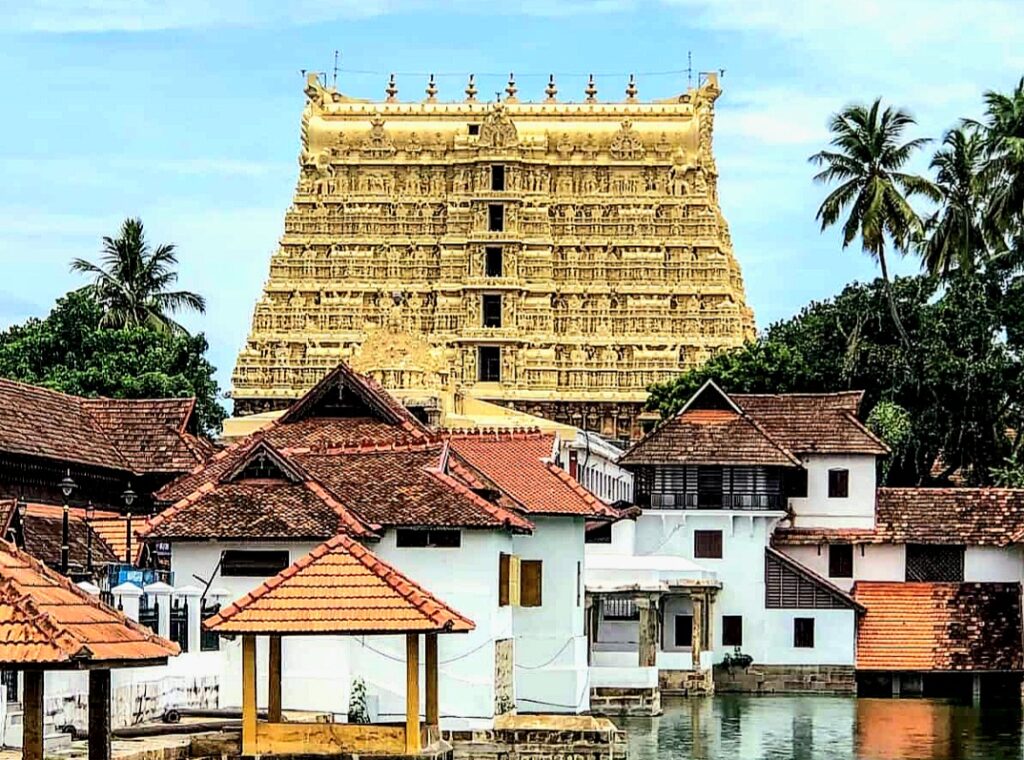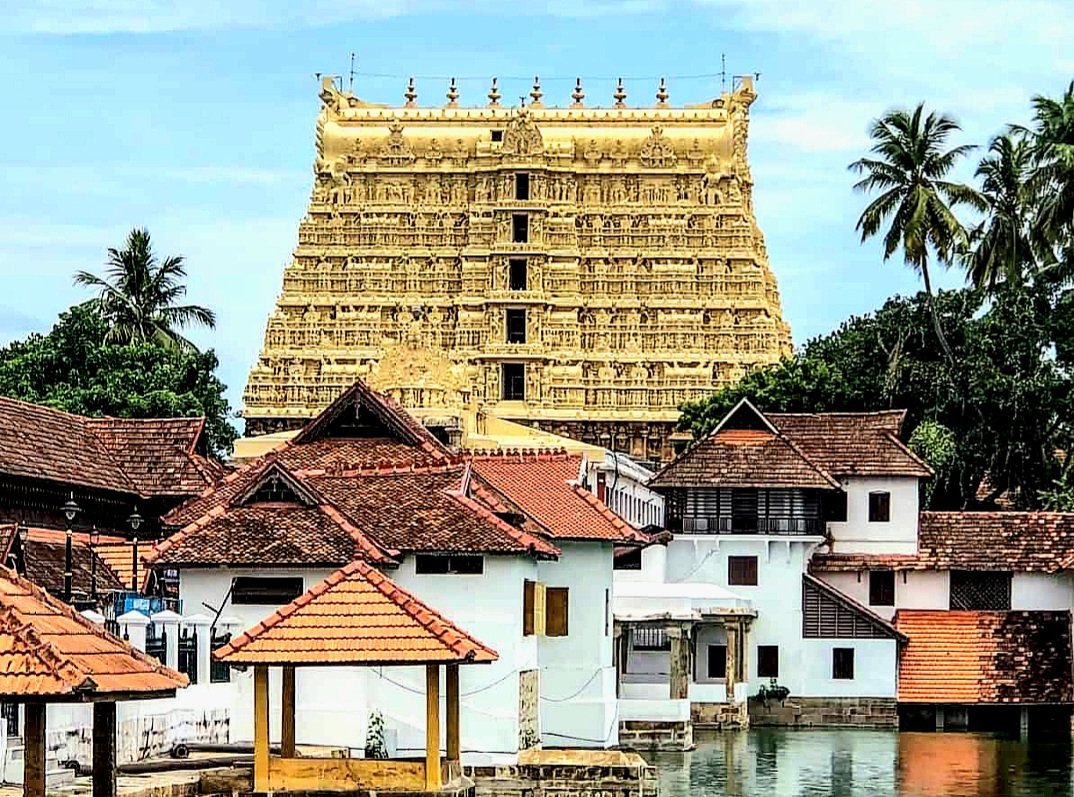India’s temples stand as exquisite witnesses to a bygone era, where spirituality and artistic expression converged in stunning harmony. These architectural wonders, rooted in ancient texts like the shilpa shastra and vasthu shastra, continue to captivate with their aesthetics, evoking emotions beyond the self. The Sri Padmanabhaswamy Temple in Thiruvananthapuram stands as a prime example, a testament to the profound connection between art, spirituality, and science.
Table of Contents
ToggleThe Spiritual Abode
Nestled across seven acres, the Sri Padmanabhaswamy Temple welcomes visitors through four entrances aligned with cardinal directions. Its centerpiece is the idol of Sree Padmanabha Swamy, reclining on Adi Sesha in a serene Anantha-Shayana posture. The 18-feet idol’s sanctum houses 1208 sacred salagramas from the Gandaki River in Nepal, meticulously arranged to perfection. Notably, the deity’s orientation follows the agama design principles, oriented precisely perpendicular to the East-West axis, in alignment with the rising Sun.

Gopuram: Towering Grandeur
A defining feature of the temple is its awe-inspiring gopuram, a towering granite and brick structure soaring 100 feet high. With a foundation nearly 40 feet deep, this pyramidal marvel graces the temple’s main east entrance. Elaborate sculptures embellish its walls, a testament to the artistic legacy of the past. Initiated during the 16th century, the gopuram’s construction culminated in the 18th century under the patronage of Travancore king Anizham Thirunal Marthanda Varma.
Vertical Symphony: Seven Floors of Wonder:
The gopuram boasts seven stories, each adorned with a pair of window-like openings on opposite sides. These windows align vertically, leading to the grand entrance on the lowest floor. Ascending upwards, the window and door openings maintain this alignment, culminating in a set of seven kalasha atop the edifice. This symmetrical arrangement showcases the temple’s meticulous design and attention to detail.
Celestial Alignment: Equinox Enchantment:
A rare spectacle unfolds twice a year during the equinoxes, accentuating the temple’s precision. As the equinox sun sets, its rays gracefully pass through each window opening in succession. This visual marvel occurs at roughly five-minute intervals, creating a mesmerizing play of light and shadow. Beyond equinoxes, the tower’s structure conceals the setting sun, further highlighting the temple’s celestial connection.
The Sri Padmanabhaswamy Temple stands not only as a religious sanctuary but also as a living embodiment of India’s rich artistic, architectural, and spiritual heritage. Its exquisite design, rooted in ancient principles, continues to inspire awe and admiration, a beacon of the extraordinary achievements of the past. As visitors marvel at its beauty and experience its celestial alignment, they become part of a timeless journey through the artistry of India’s temple architecture
Historical Evolution and Renovations of the Padmanabhaswamy Temple
- 9th Century: Temple’s earliest mention, construction date unknown.
- 15th Century: Roof of sanctum sanctorum repaired; Ottakkal Mandapam built.
- Mid-17th Century: King Anizham Thirunal Marthanda Varma orders significant renovations.
- Sanctum Sanctorum: Reconstructed; old idol replaced by statue made of 12,008 shaligram stones and herbs (katu-sharkara).
- 1739: Completion of statue; stone corridor, gate, and flagstaff built.
- 1750: King dedicates his kingdom to the lord in Thrippadidanam ceremony.
Padmanabhaswamy Temple Vaults

Over many centuries, an enormous wealth has been stored within the temple premises, locked away in numerous vaults. This treasure is estimated to be worth several thousand crores.
Vaults C and F are opened periodically for special rituals and ceremonies. Recently, vault A and other chambers were also accessed under the orders of the Supreme Court. The treasure includes gold coins, precious gemstone ornaments, decorative items, and even everyday objects, providing a glimpse into the grandeur of the past.
Vault A: This vault Held the most treasure. Inside were big wooden boxes full of gold coins and sacks of precious stones. They also found lots of things like necklaces, medallions, and fancy headsets. They even discovered golden lotuses, shiny lamps used for ceremonies, and special clothes for the god or goddess.
Vault B: Vault B at Padmanabhaswamy Temple remains unopened. Stories suggest it could bring bad luck to the temple and people involved. Believed to be beneath the main shrine, it’s said to contain gold and silver items, jewellery, and bells.
Vault C: stores treasures for special ceremonies, including gold jewellery for the deity, a gold mace, coconut shells, golden umbrellas, and serpent hoods used in rituals.
Vault D: This chamber mainly comprises items used for decorating Garudavahana during special ceremonies and festivities in the temple.
Vault E: The vault E has religious items required for daily pooja. You’ll also find deeparadhana(lighting lamps or diyas used for puja or Hindu rituals) plates inside the chamber.
Vault F: The sixth vault also contains items for the daily pooja, along with three idols of Lord Padmanabha for the rituals.
Apart from the six vaults, authorities identified two more vaults in the temple. These are numbered as G and H and are believed to hold offerings and donations made to the temple.






